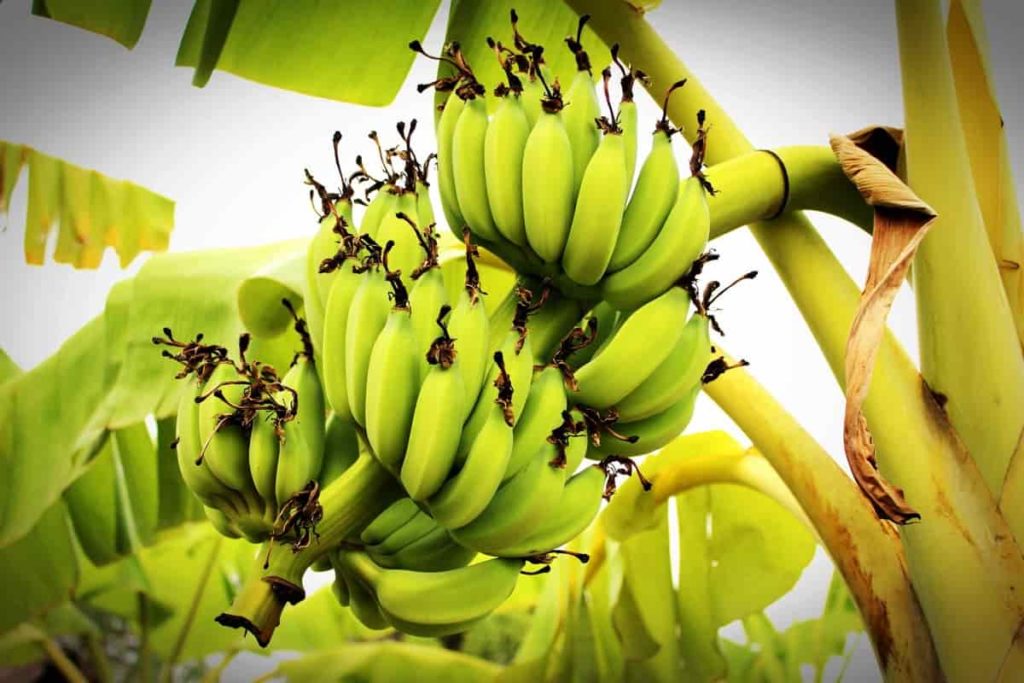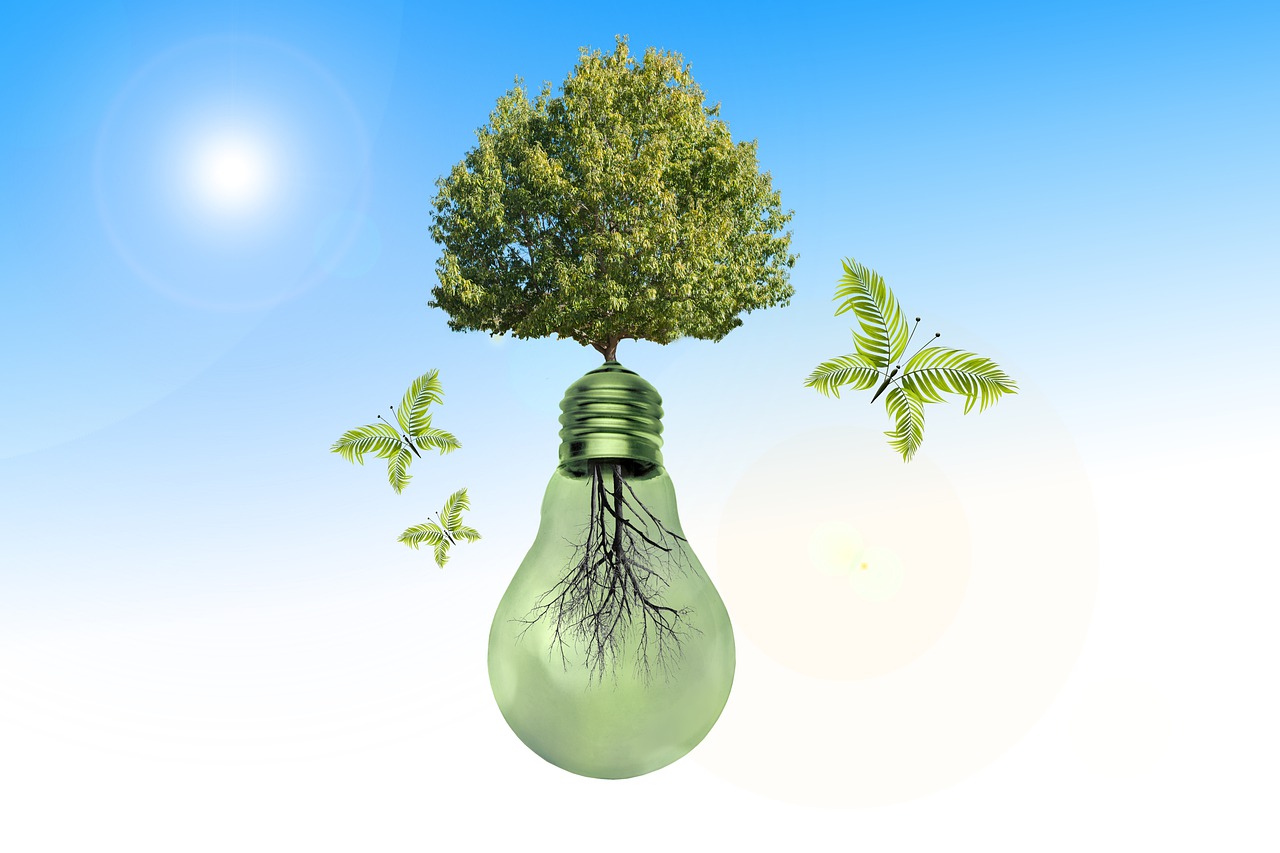From Amla to Turmeric: The Future of India's Medicinal Treasures
India is home to more than 8000 medicinal plants that are key ingredients of numerous home remedies. As temperatures rise, rainfall patterns shift and extreme weather events become more frequent, the delicate balance of India's forest ecosystems is being disrupted, putting the future of many medicinal species at risk.
By Ojas Khurana / Jul 31, 2024

Indian Home Remedies
India is home to more than 8000 medicinal plants so it almost comes as no surprise that every Indian household has their own cure whenever an ailment arises. Growing up in India, falling ill often felt like tapping into a direct line to one’s ancestors. With each sneeze or sniffle, we'd be reminded of the wisdom passed down through generations – the turmeric-infused milk for injuries, or the honey and ginger concoctions that soothed sore throats. These household recipes, tips, and tricks have become the stuff of legends, offering solutions to a myriad of bodily woes. Much of this knowledge is rooted in the ancient practice of Ayurvedic medicine, which emphasizes healing the body in harmony with nature. But as our world rapidly changes, so does the ecosystem that once provided the foundation for these natural remedies.
As temperatures rise, rainfall patterns shift and extreme weather events become more frequent, the delicate balance of India's forest ecosystems is being disrupted, putting the future of many medicinal species at risk. In a study conducted by the Indian Institute of Science, Bangalore that analyzed 35,190 forested grids across India, it was reported that more than two-thirds of these grids are likely to undergo significant vegetation changes by the year 2100.
Climate Change Tweaking Forest Patterns
As climate change alters forest types—such as increasing moist broadleaf forests and decreasing temperate and alpine forests—certain medicinal plants may become harder to find. A study assessing the impact of climate change on Indian forests indicates that approximately 45% of forested areas are projected to undergo significant changes due to climate shifts. The most vulnerable regions are in the upper Himalayan areas, parts of Central India, and the Western and Eastern Ghats. These regions contain important tree species that people rely on for their livelihoods and medicinal uses, which will be significantly impacted by climate change. For instance, herbs that thrive in cooler climates may diminish, affecting remedies that depend on them. Species like Chironji, Mahua, and amla, which are sensitive to high temperatures and rainfall changes, are likely to decline. These plants are valuable because different parts of them are used for various medicinal purposes. Additionally, species like Bael may struggle due to shifting habitats and changing ecosystems.
Extreme heat and changing rainfall patterns affect the cultivation of most of these medicinal tree species. Moreover, certain plants risk losing their health benefits as the compounds responsible for their medicinal properties change under extreme weather conditions.
Key medicinal plants at risk from Climate Change
- Amla (Phyllanthus emblica): Renowned for its high vitamin C content, amla is crucial for enhancing immunity and overall health. It is also commonly seen as a key ingredient of hair oils and such. Its suitable habitats are expected to retreat from regions like the Siwalik hills and the Western Ghats. Extreme heat can stress the trees, resulting in smaller fruit sizes and reduced vitamin C content, which negatively impacts local consumption and market demand. Additionally, shifts in climate can disrupt the flowering and fruiting cycles of amla, causing mismatches with pollinator availability and further decreasing fruit production. As a keystone species, the decline of amla trees can have cascading effects on local ecosystems, disrupting the ecological relationships with various birds and insects that depend on its fruits and flowers for sustenance, thereby contributing to further biodiversity loss.
- Tulsi (Ocimum sanctum): Known as holy basil as many households worship the Tulsi plant. It is revered for its ability to help the body adapt to stress and is commonly used in Ayurvedic medicine. Tulsi thrives in warm, humid conditions. However, increasing temperatures and erratic rainfall patterns can lead to stress in the plant, affecting its growth. Higher temperatures can reduce the concentration of beneficial compounds in tulsi, diminishing its therapeutic strength and making it less effective. Additionally, drought conditions can lead to reduced leaf size and lower biomass, impacting its availability for traditional uses and commercial products
- Chironji (Buchanania lanzan): Commonly used in Indian sweets and as a dry fruit, chironji is known for its digestive benefits and skin health properties. Chironji helps maintain heart health by regulating cholesterol levels and supporting cardiovascular function. The seeds are also known to enhance immunity and provide essential nutrients like vitamins and minerals, contributing to overall well-being. The juice extracted from the seeds (methanolic extracts) of the charoli tree may have some effect on blood production from the bone marrow. Its habitat is expected to diminish in the Western Ghats and Central Highlands due to climate change.
- Mahua (Madhuca longifolia): This tree is used to treat various ailments, including heart diseases and respiratory issues. Mahua's habitat is projected to shrink significantly, particularly in the Western Ghats and Central Highlands. The impacts on Mahua are already visible since the cultural and economic significance of mahua flowers among the tribal and local communities in eastern Jharkhand and bordering parts of West Bengal are on the decline. Mahua is also losing its popularity and price in the market due to erratic rainfall affecting its quality.
- Neem (Azadirachta indica): Widely recognized for its antibacterial and anti-inflammatory properties, neem is often used in traditional remedies. While neem trees are resilient, they might change internally and live shorter lives. Changes in precipitation patterns may lead to water stress, which can reduce the tree's growth and the concentration of its active compounds, such as azadirachtin. Additionally, rising temperatures may facilitate the spread of pests and diseases that could threaten neem populations
- Turmeric (Curcuma longa): Known for its anti-inflammatory and antioxidant properties, turmeric may face challenges in cultivation as climate conditions change, impacting its availability and medicinal efficacy. Turmeric thrives in warm, humid environments. However, excessive heat and irregular rainfall can adversely affect its growth. High temperatures can lead to reduced rhizome size and lower curcumin content, the active compound responsible for its health benefits. Additionally, climate change may alter the timing of flowering and harvesting, impacting yields and the availability of turmeric for both culinary and medicinal uses
- Bael (Aegle marmelos): This tree is known for its digestive benefits and is often used in treating diarrhea and dysentery. While it may show some resilience to climate change, its habitat is expected to shift significantly. As suitable habitats shift due to climate change, bael may experience a decline in its traditional growing regions, impacting local communities that rely on this plant for food and medicine. Research indicates that by 2070, suitable habitats for bael would be in a new region.
Impacts on our forests and plants made visible
When you hear people complain about the declining quality of forest produce and medicinal ingredients, they are witnessing the tangible impacts of climate change on Indian forests. This rapid transformation affects not only the yield and growth locations of these plants but also their very essence. There is a pressing need for more research to develop sustainable solutions for managing and conserving tropical and subtropical forest ecosystems. Understanding how Indian forests will respond to upcoming climatic changes is crucial. The government should implement policies involving native peoples to protect major non-timber forest product (NTFP) species, ensuring ecological balance and preserving traditional knowledge. By blending traditional wisdom with modern scientific insights, we can foster a holistic approach to forest conservation that respects both nature and cultural heritage.
The fate of our forests lies not just in science, but in the stories and wisdom preserved largely through oral histories. It is up to us how we weave them together.
Forests Medicinal Trees Extreme Heat Home remedies

